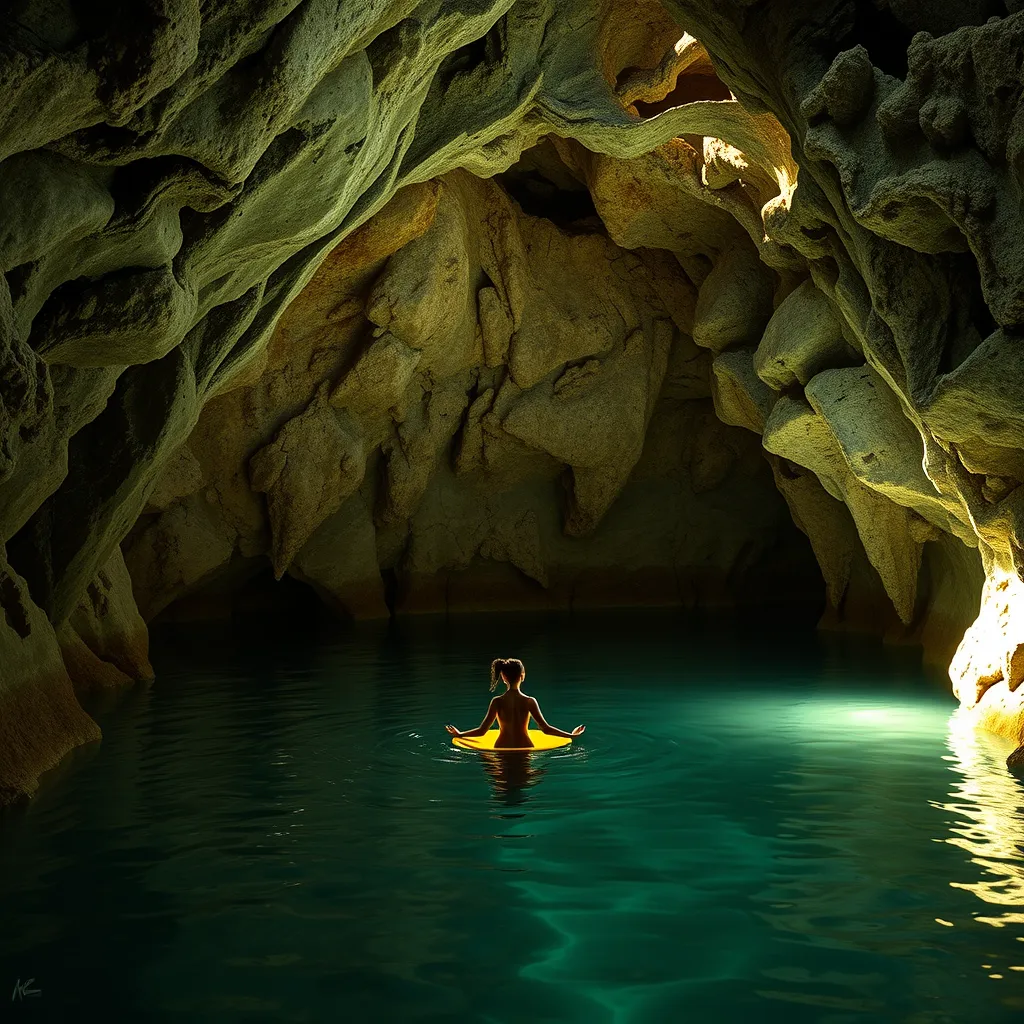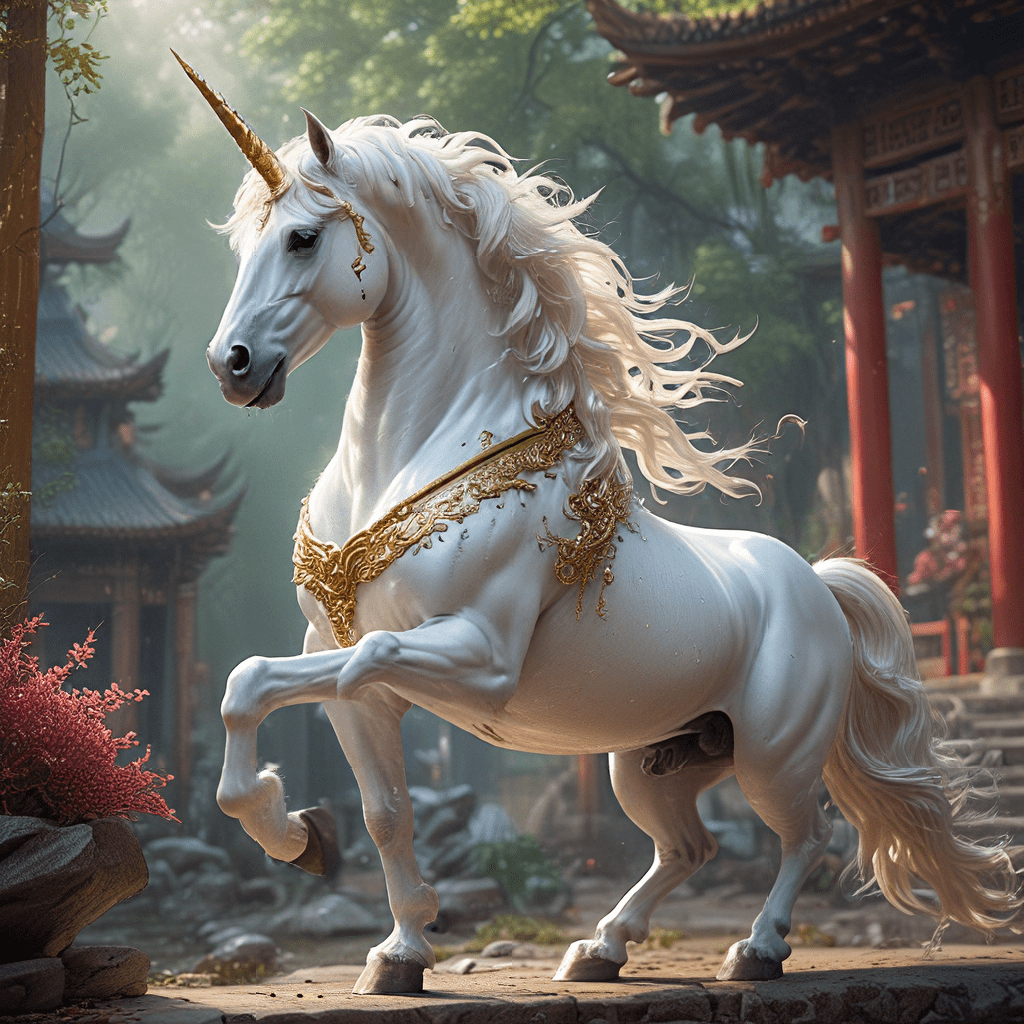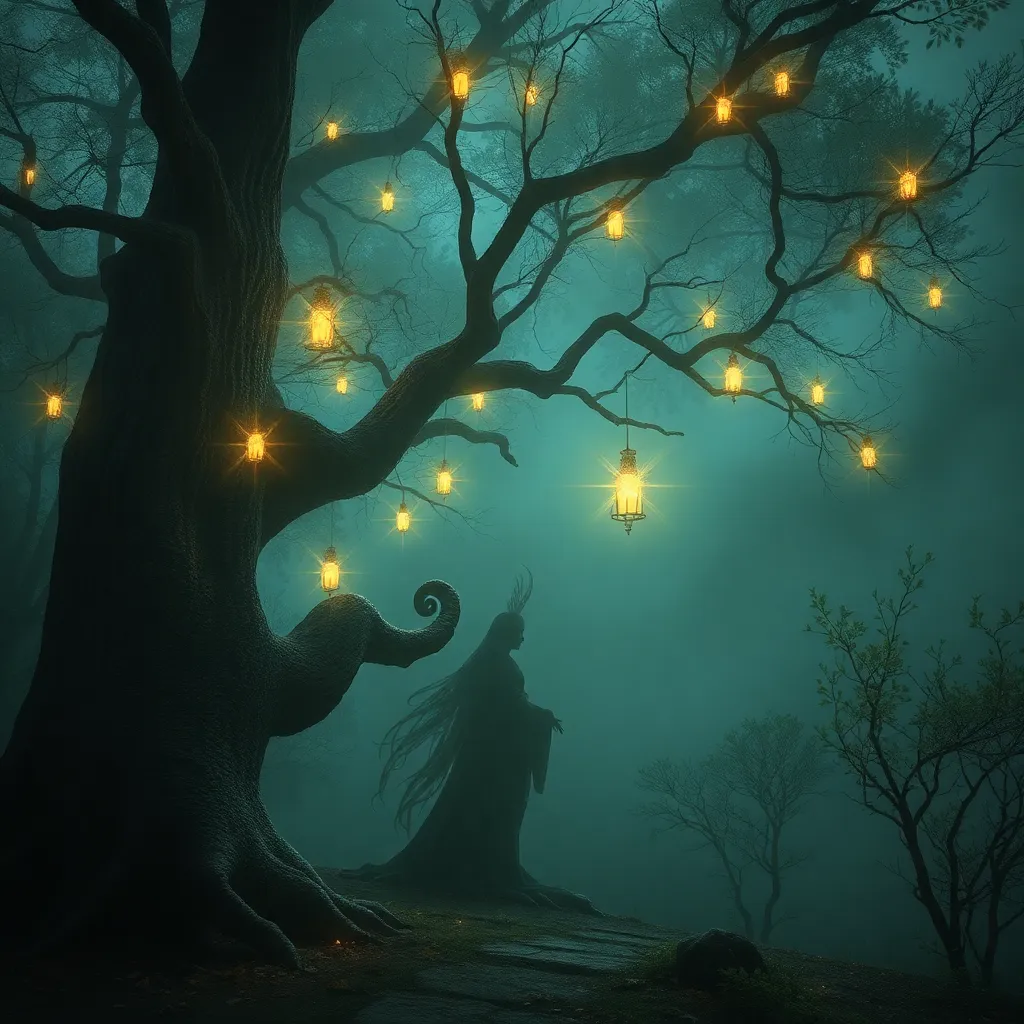The Nymphs of the Cave: Exploring the Lore of the Nymphaea and the Nymph
I. Introduction
The concept of Nymphs has captivated human imagination for centuries, intertwining the realms of mythology and nature. These ethereal beings are often seen as guardians of the natural world, embodying the beauty and spirit of their environments. Their connection to water, particularly through the captivating Nymphaea, or water lilies, enhances their mystique and significance in various cultures.
This article aims to delve into the lore surrounding Nymphs and Nymphaea, exploring their intertwined narratives and the symbolic meanings they hold in mythology and the natural world.
II. The Mythological Nymphs: Guardians of Nature
Nymphs are defined in ancient lore as enchanting female spirits associated with nature. Often depicted as beautiful maidens, they are believed to inhabit specific natural elements, from rivers and trees to mountains and caves.
A. Definition and characteristics of Nymphs in ancient lore
Nymphs are characterized by their youthfulness, beauty, and connection to the natural world. They are often depicted as playful and benevolent beings, embodying the essence of the landscapes they inhabit. Their presence is frequently linked to fertility and the nurturing aspects of nature.
B. Different types of Nymphs: Naiads, Dryads, and Oreads
- Naiads: Water nymphs associated with rivers, springs, and lakes. They are known for their ability to heal and their connection to the life-giving properties of water.
- Dryads: Tree nymphs that dwell within oak trees, symbolizing the life force of forests and nature. They are often depicted as protectors of the trees.
- Oreads: Mountain nymphs who inhabit the rocky slopes and caves, representing the rugged beauty and wildness of mountainous terrains.
C. Roles and representations in mythology
Nymphs play various roles in mythology, often serving as muses, protectors, or even symbols of temptation. They are frequently featured in myths involving gods and heroes, showcasing their importance in the narrative fabric of ancient storytelling.
III. The Nymphaea: Nature’s Water Lilies
The Nymphaea, commonly known as water lilies, are aquatic flowering plants that float gracefully on the surface of water bodies. They are renowned for their stunning blooms and lush green leaves, providing not only aesthetic beauty but also ecological benefits.
A. Botanical overview of the Nymphaea species
There are approximately 60 species of Nymphaea, each varying in size, color, and habitat preferences. These beautiful plants thrive in still waters and provide essential habitats for aquatic organisms.
B. Cultural significance of water lilies in various societies
Water lilies have held a significant place in the cultures of many civilizations. In ancient Egypt, they symbolized rebirth and were associated with the sun god Ra. In Asian cultures, they are often linked to purity and enlightenment, representing the journey from the murky depths to the surface of beauty.
C. Symbolism of beauty, purity, and tranquility associated with Nymphaea
Water lilies embody beauty and serenity, often symbolizing tranquility and calmness in various art forms. Their ability to bloom above murky waters signifies resilience and the purity of nature, making them a powerful symbol in many cultures.
IV. Nymphs and Water: The Connection to Nymphaea
The connection between Nymphs and water is profound, as many Nymphs are directly associated with water bodies. This relationship highlights the nurturing aspect of water and its vital role in sustaining life.
A. Exploration of Nymphs’ habitats in water bodies
Nymphs, particularly Naiads, inhabit rivers, lakes, and springs, often depicted as guardians of these sacred spaces. Their presence is believed to enhance the fertility and vitality of these water bodies.
B. The role of water in nurturing life and its connection to Nymphs
Water is essential for all living organisms, and Nymphs symbolize the life-giving properties of water. They embody the nurturing aspect of nature, ensuring the balance and sustainability of their ecosystems.
C. How Nymphaea represents the essence of Nymphs
Nymphaea, with its serene beauty and connection to water, serves as a symbol of Nymphs themselves. Just as Nymphs protect their environments, water lilies thrive in their aquatic habitats, embodying the spirit of nature.
V. Folklore and Artistic Representations
The enchanting tales of Nymphs and the beautiful Nymphaea have inspired countless artists throughout history. Their representations in various art forms reflect their profound impact on human creativity.
A. Nymphs in art: paintings, sculptures, and literature
Nymphs have been depicted in classical and contemporary art, often portrayed as ethereal beings in lush landscapes. Artists like John William Waterhouse and Pierre-Auguste Renoir have famously captured their essence in paintings.
B. The portrayal of Nymphaea in various artistic forms
Water lilies have been celebrated in art, most notably in Claude Monet’s series of paintings that explore the interplay of light and color on the surface of water. These works highlight the beauty and tranquility associated with Nymphaea.
C. Case studies of famous artworks featuring Nymphs and Nymphaea
- Waterhouse’s “The Nymphs and the Shepherd”: A classic representation of Nymphs in a pastoral setting.
- Monet’s “Water Lilies”: A breathtaking portrayal of Nymphaea that captures the essence of tranquility.
VI. Modern Interpretations and Cultural Impact
The lore of Nymphs and Nymphaea continues to resonate in contemporary culture, finding new expressions in various media.
A. Influence of Nymph and Nymphaea lore in contemporary culture
Modern literature, films, and art often draw inspiration from the themes of Nymphs and water lilies, reflecting society’s ongoing fascination with nature and mythology.
B. The resurgence of interest in nature and mythology
In recent years, there has been a growing movement towards ecological awareness and a renewed interest in mythology, leading to a revival of stories and symbols associated with Nymphs and Nymphaea.
C. Examples of modern adaptations in media and literature
- Books such as “The Wicked Deep” explore the enchanting qualities of Nymphs in contemporary storytelling.
- Films and animations often feature water nymphs and magical water settings, showcasing their enduring appeal.
VII. Ecological Significance of Nymphaea
The ecological role of Nymphaea is vital for maintaining healthy aquatic ecosystems, making their conservation essential.
A. Role of Nymphaea in aquatic ecosystems
Nymphaea provides shelter and food for various aquatic organisms, contributing to biodiversity. Their large leaves create habitats for fish, frogs, and other wildlife.
B. Conservation efforts for water lilies and their habitats
Conservation initiatives aim to protect the natural habitats of Nymphaea, ensuring their survival and the overall health of aquatic ecosystems. Efforts include habitat restoration and pollution control.
C. The symbolic importance of preserving nature’s Nymphs
Preserving Nymphaea and their ecosystems reflects a broader commitment to safeguarding nature and its enchanting spirits, the Nymphs. It highlights the interconnectedness of all living beings and the importance of environmental stewardship.
VIII. Conclusion
The stories of Nymphs and Nymphaea are deeply intertwined, reflecting humanity’s fascination with nature and mythology. From their roles as guardians of the natural world to the symbolic beauty of water lilies, these figures continue to inspire and captivate.
As we delve into the rich lore surrounding Nymphs and Nymphaea, we are reminded of the enduring legacy these figures hold in our culture. They encourage us to explore and appreciate the natural world, urging us to protect its beauty for generations to come.



